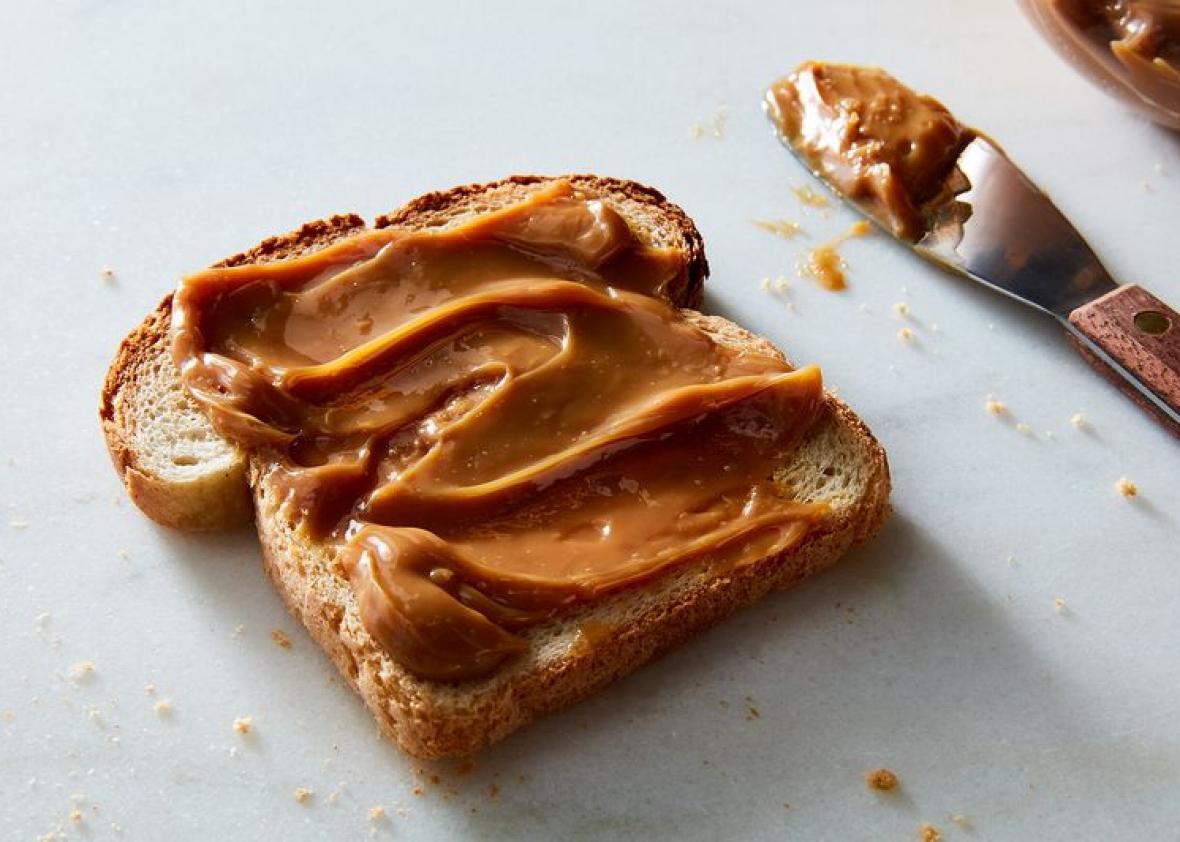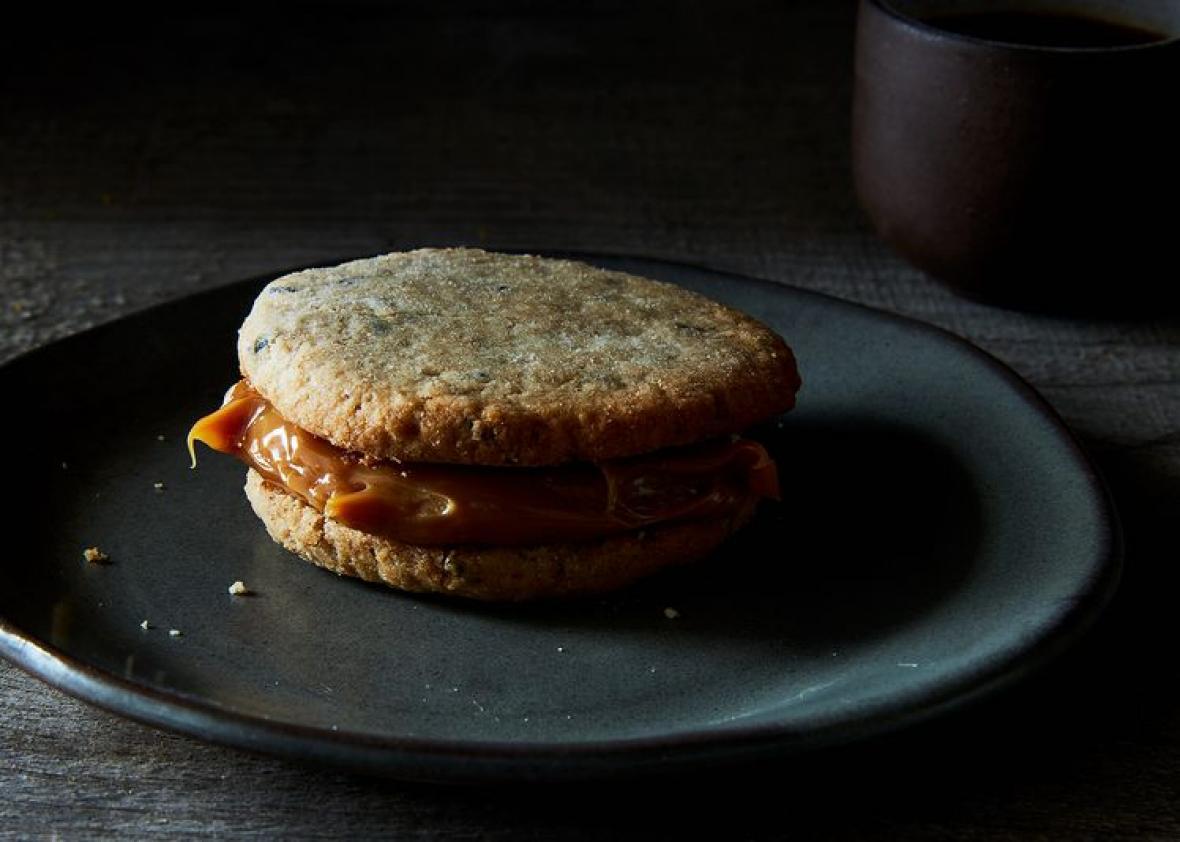This post originally appeared in Genius Recipes from Food52.
First, let’s get this out of the way: Why make your own dulce de leche? Doesn’t it cook for an awfully long time? Are we sure it’s worth it?
Yes. Firstly and most pragmatically of all, because dulce de leche isn’t always in your supermarket when you need it. When I set out to make April Bloomfield’s Banoffee Pie, for example, all I could find was a squeeze bottle in the ice cream section. It had 12 ingredients and the consistency of acrylic paint. Why would I bother making a nice pie with an Achilles’ heel like that?
But even if you can buy finer quality dulce de leche, or its goat-milky sister cajeta, making your own can be hands off, less expensive, and seriously easy, with as little as one ingredient and a dish or two to wash—and, maybe best of all, you get to take back control.
There are loads of ways to DIY, with varying positions on the effort-to-reward spectrum—from microwaving (fast, not so good) to slowly stirring cow’s or goat’s milk and sugar over a low flame for as long as you can stand (sloooow, gooood). The method that most people talk about—perhaps out of a macabre fascination with the idea of exploding cans of hot caramel—is to submerge a can of sweetened condensed milk in boiling water for about three hours.

James Ransom
But no matter how risk-averse you are, or your feelings on bursting cans or BPA, one of the worst parts about cooking in the can (whether it’s in a pot of boiling water, a pressure cooker, or a crock pot) is that the can acts as a black box. You can’t interact with what’s inside until it’s completely done. Because, of course, “If you attempt to open a hot, or even warm can, an extremely hot jet of [dulce] may explode out and result in severe burns.”

James Ransom
Which is why David Lebovitz’s method ditches the can immediately. He pours sweetened condensed milk into a pie plate, covers it with foil, plunks it into a bigger pan of hot water, and then roasts it in the oven at 425° F for about an hour. In essence, he’s recreating the physical environment of the can, in a more accessible form. He’s also the first person I’ve seen to not only add salt but to suggest other riffs like a vanilla bean at the beginning or a tablespoon of sherry at the end. Sherry. I like this.
This is the only path to dulce de leche that lets you easily get in to taste and tweak, without also requiring regular or constant stirring—the best of all worlds, the happiest medium for control freaks and tinkerers who nonetheless don’t want to be tied for hours to a pot.
Want it free-flowing, to drizzle over ice cream and cakes? Pull it from the oven early. Or are you looking for something darker and fudgier, to spread on cookies? (Or toast, which our photographer James Ransom survived on when he lived in Argentina? He would want you to know that the bread was different than what’s pictured above—more like soft French bread. Sorry, James!) You can do that, too.
You can keep it traditional and pure, or, whenever you feel like it, you can add dried chile or cocoa or miso or marzipan or tomato! Then use your creation in a million ways, to glaze scones or banana breads or anchor spicy-sweet barbecue sauces or fish sauce-y dressings.
Where else will you take it?
David Lebovitz’s Dulce de Leche
Makes about 1 cup (250ml)
- 1 14-ounce (400 gram) can sweetened condensed milk
- Pinch of sea salt
See the full recipe on Food52.
More from Food52:
This Japanese Dessert Is Made From Fish-Shaped Waffles
13 Greatest Hits From Amanda’s Kids’ Lunches
12 Ways to Eat Genius, Slow-Cooked Kale (Besides by the Mouthful, With Your Hands)
An Unfussy Composed Salad That Puts Stems to Good Use
The Prettiest Thing You Can Do With an Apple Is As Easy As Slicing and Baking It
Better Than Butter on Bread; Better Than Cheese on Bread
